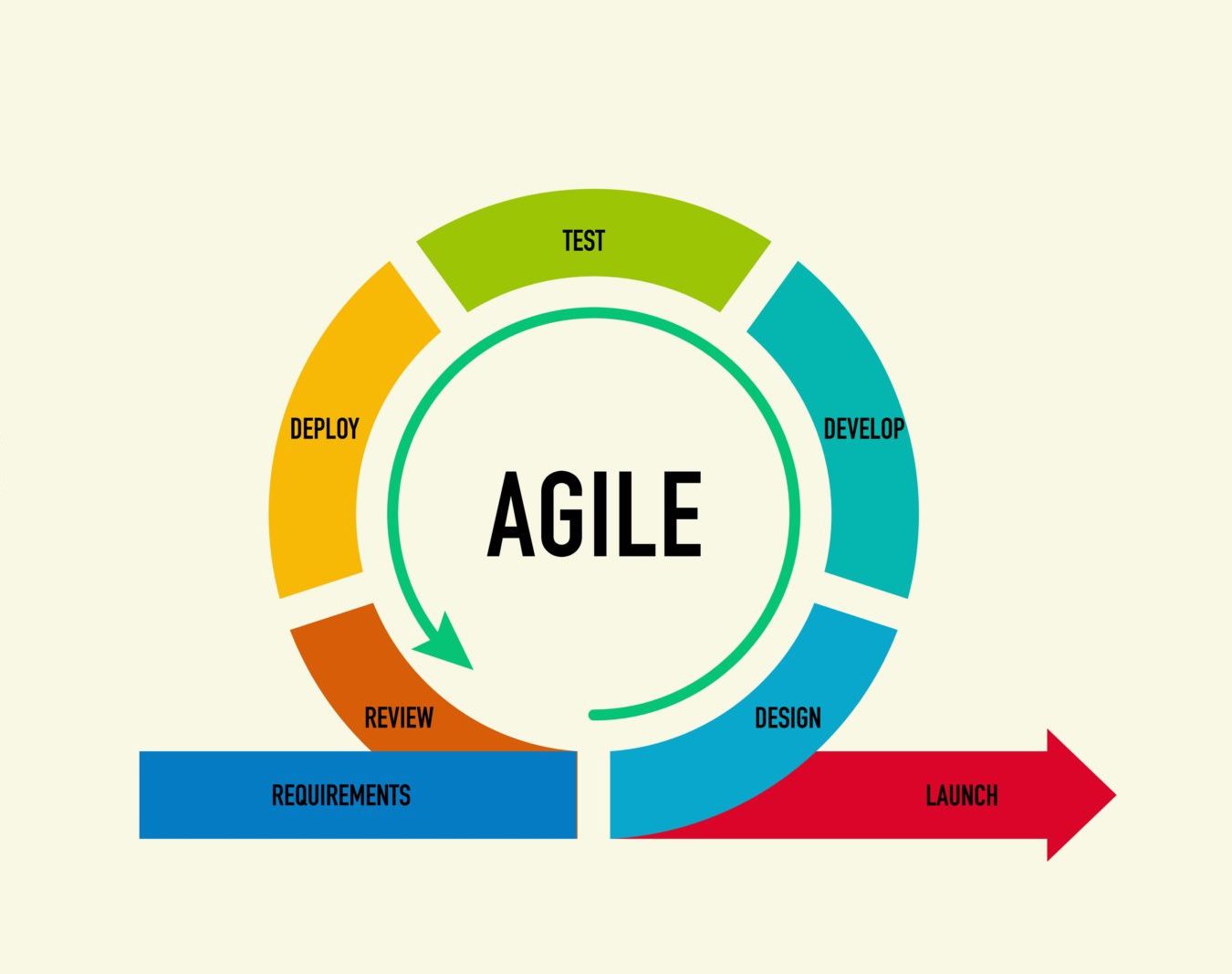Agile Project Management Logo
About Agile Workflow
Agile workflows help development teams achieve and ensure clarity, efficiency, and coordination throughout the entire project life cycle. Workflows help Agile teams meet deadlines consistently, allocate resources effectively, and manage and mitigate risks. These benefits make workflows critical for Agile development and project management.
An Agile workflow is a process that teams use to execute a project while enabling incremental improvements. Agile workflows break projects into phases, then implement sprints lasting one week to one month. During these cycles, teams incorporate feedback and testing.
The workflow starts with the product owner creating a product backlog from the client or end users. Using input from all stakeholders, user stories are added to the backlog. Then the product owner and development team conduct sprint planning and start working on the backlog. Kanban. Another type of Agile workflow is Kanban. It visualizes work
The Agile workflow process lifecycle. Alright, let's take a look at what the Agile process lifecycle actually looks like. Ideation. When putting together an Agile workflow process, the first step is to make a plan. Although the plan isn't as definite as what would be needed for the Waterfall method, it still has to give some kind of direction.
An Agile workflow process looks very similar no matter what kind of project you're working on. However, because Agile is most often applied to software development, it is useful to examine what the Agile software development workflow process looks like Conception. This is the first stage, during which experts initiate and plan the project
Agile workflow processes involve an iterative process that differs from traditional working methods like the waterfall methodology. In agile, teams revisit and reprioritize remaining work to be completed at the end of each sprint based on customer feedback.
The agile lifecycle typically consists of six phases, and they vary slightly based on the project methodology variant that the organization uses. The core of the agile workflow process lifecycle lies in experimentation and adaptability. Agile workflow processes are cyclic and are often evolving, so they overlap with each other frequently.
What Is an Agile Workflow? An Agile workflow is a dynamic series of activities guiding a team's journey from conceptualization to product delivery, fostering adaptability and innovation at every stage. It serves as the backbone of a team's process flow, encompassing all phases of workfrom ideation and planning to execution and delivery.
Steps of the Agile Workflow Process 1. Ideation. This stage is when the agile team defines the product backlog, which is the set of product features to be developed. This is done based on customer and stakeholder requirements. Usually, agile teams start with the minimum viable product and start prioritizing user stories later down in the process.
An Agile Unified Process or AUP is an iterative Agile workflow. It's a simplified approach to Agile where teams collaborate towards a goal with a rational unified process in mind. Under Agile unified process, the Agile teams take development through the following phases












